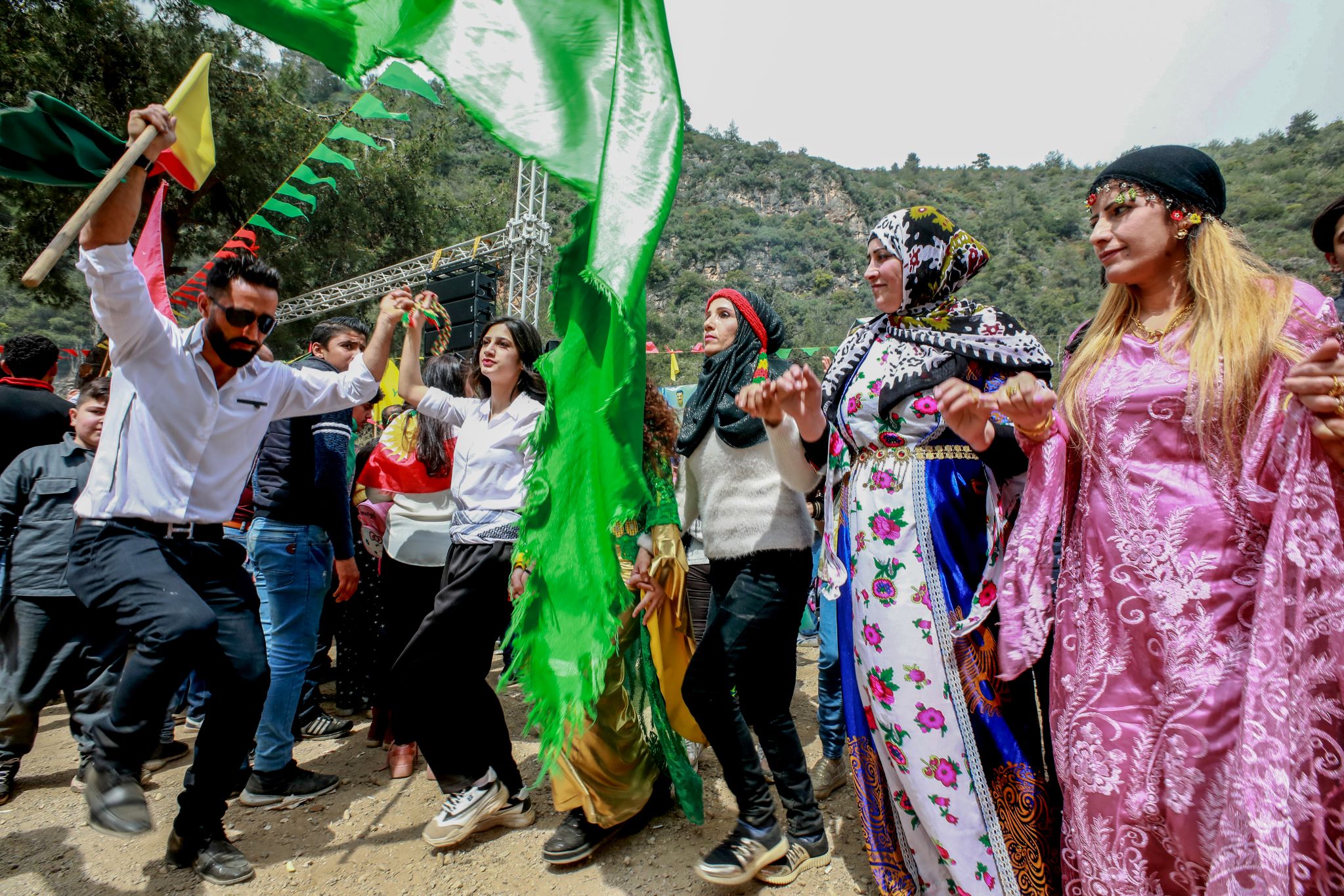Nowruz, also known as the Persian New Year, marks the first day of spring and the beginning of the year in the Iranian calendar. Celebrated for over 3,000 years, this ancient festival has its roots in Zoroastrianism and has evolved to encompass a variety of cultural, religious, and national traditions across a multitude of regions. The word “Nowruz” translates to “new day” in Persian, reflecting the theme of renewal and rebirth that characterizes the holiday. This article delves into the rich traditions and customs that make Nowruz a significant and vibrant celebration.
The Significance of Nowruz
Nowruz is celebrated on the vernal equinox, which usually falls around March 20th or 21st. This moment when day and night are equal symbolizes balance and new beginnings. In Iranian culture, Nowruz is more than just a New Year celebration; it is a time for people to cleanse their homes, minds, and spirits, preparing for a fresh start. It is a deeply symbolic time that emphasizes themes of renewal, prosperity, and the triumph of light over darkness.
Preparations for Nowruz
Khaneh-Tekani (Spring Cleaning)
The preparations for Nowruz begin weeks in advance with the tradition of Khaneh-Tekani, or “shaking the house.” This involves thorough cleaning of homes to remove the old and welcome the new. Families clean every corner of their houses, wash carpets, repair broken items, and decorate their homes with fresh flowers like hyacinths and tulips. This ritual symbolizes the purification of the home and the soul, aligning with the broader themes of rebirth and renewal.
Haft-Seen Table
One of the most important customs of Nowruz is setting up the Haft-Seen table, which includes seven items that start with the Persian letter ‘S’. Each item on the Haft-Seen has a symbolic meaning related to the new year:
- Sabzeh (sprouted wheat, barley, or lentils) – symbolizing rebirth and growth.
- Samanu (sweet pudding made from wheat germ) – representing power and strength.
- Senjed (dried oleaster berries) – signifying love.
- Seer (garlic) – symbolizing medicine and health.
- Seeb (apple) – representing beauty and health.
- Somāq (sumac berries) – symbolizing the sunrise and patience.
- Serkeh (vinegar) – representing age and wisdom.
Celebratory Customs and Traditions
Chaharshanbe Suri
Before Nowruz officially begins, Iranians celebrate Chaharshanbe Suri, the Festival of Fire, on the last Wednesday evening before the new year. People light bonfires and jump over them, chanting “Zardi-ye man az to, sorkhi-ye to az man,” which means “Give me your beautiful red color, and take back my sickly pallor.” This ritual symbolizes purification and the burning away of misfortunes.
Sizdah Bedar
On the 13th day of the new year, families celebrate Sizdah Bedar by spending the day outdoors, picnicking and enjoying nature. This custom reflects the ancient Iranian respect for nature and the outdoors. It is also customary to dispose of the Sabzeh from the Haft-Seen table, which is believed to carry away the family’s bad luck.
Visiting Friends and Family
During Nowruz, it is traditional for people to visit friends and family to exchange gifts and well-wishes. Elders often give Eydi, or new year’s gifts, typically in the form of money, to younger family members. These visits reinforce family bonds and communal ties, reflecting the importance of community and kinship in Iranian culture.
Conclusion
Nowruz is a rich and multifaceted festival that transcends religious and cultural boundaries, symbolizing the universal themes of renewal, hope, and the triumph of light over darkness. Its traditions, from the vibrant Haft-Seen table to the joyous celebrations of Chaharshanbe Suri and Sizdah Bedar, reflect the deep cultural heritage and enduring spirit of the Persian New Year. As people around the world come together to celebrate Nowruz, they honor not only a new year but also the enduring human spirit and the perpetual cycle of life and renewal.
